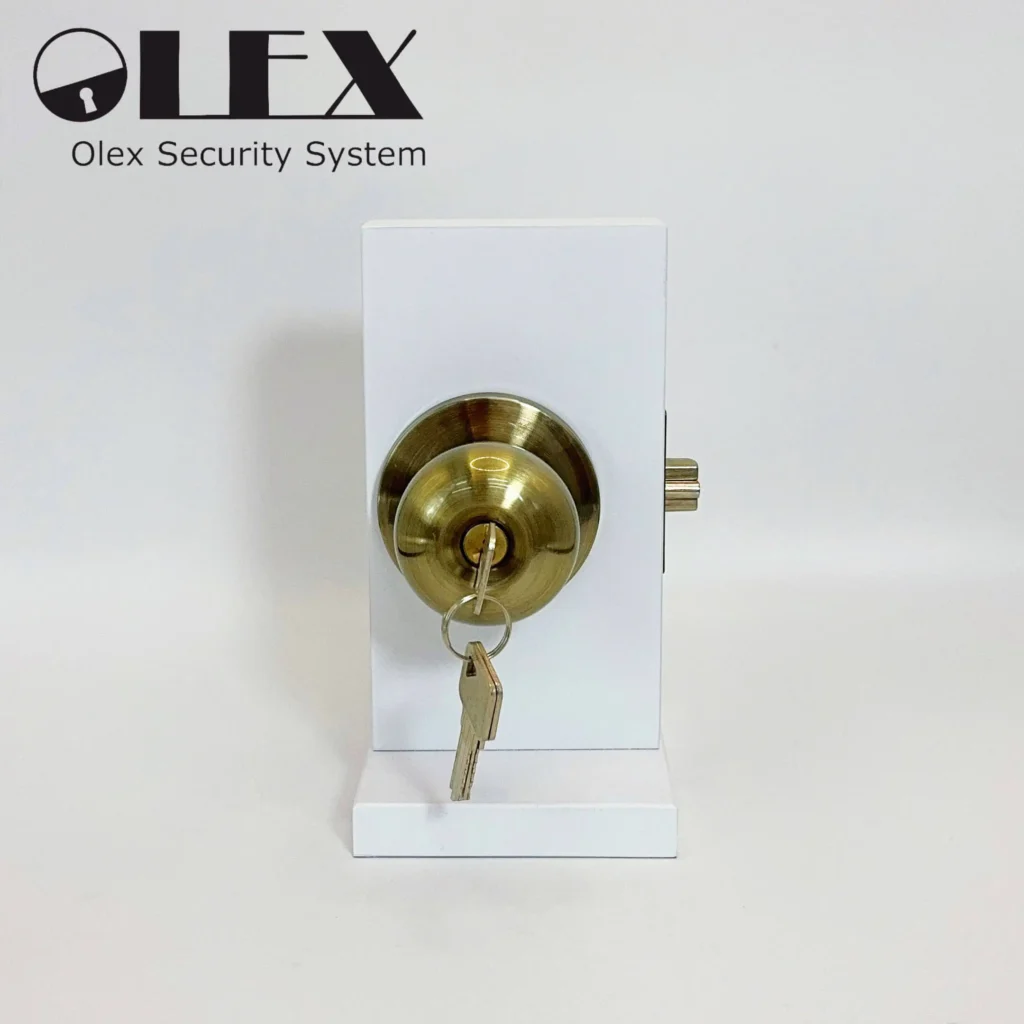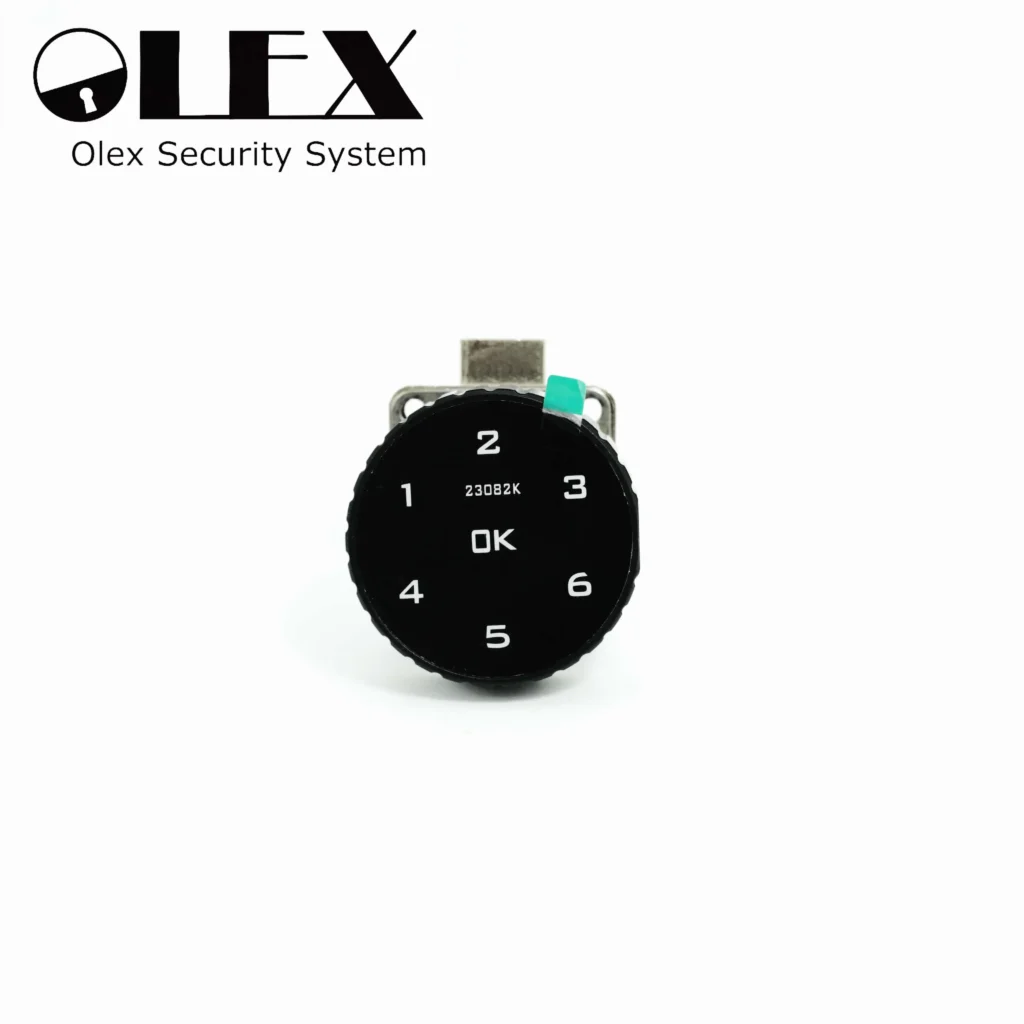5 Best Smart Locks For Your Needs, Tested and Reviewed
Embrace a Keyless Future: Enhance Your Home Security with Modern Smart Locks
Say goodbye to keys and hello to enhanced home security with today’s smart locks. Over the past decade, smart locks have gradually replaced traditional pin-and-tumbler locks in private homes, boasting increasingly sophisticated features.
With the rapid technological advances in recent years, we were curious about the convenience and security offered by today’s top smart locks. So, we decided to put them to the test! We installed various models on doors, synced them with our smart devices, explored their features, and compared their performance against each other and traditional door locks.
Whether you’re looking for a straightforward and secure lock, a model that offers access to multiple guests, or a high-tech lock to integrate into your smart-home system, there’s a smart lock to suit your needs. The best smart locks are user-friendly and equipped with state-of-the-art features. Here are the models that impressed us the most during our hands-on testing, earning them a spot on our top picks list.
How We Tested the Best Smart Locks
We conducted extensive research on over 35 different models of smart locks before selecting the ones for our hands-on testing. Our selection process considered the brand reputation, with trusted names like Schlage and Yale known for their high-quality doorknobs and locks, and companies like Eufy recognized for their excellence in home security. We also analyzed customer reviews and ratings to narrow down our picks to the top options in various categories.
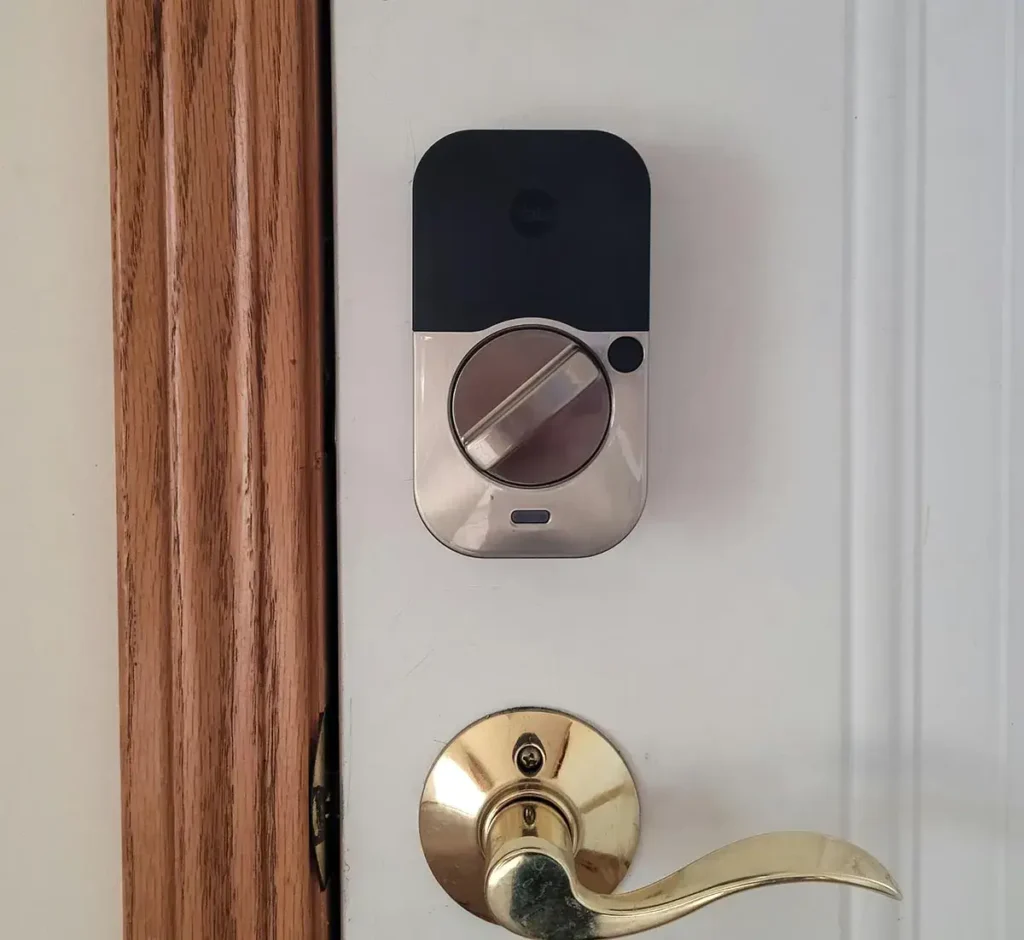
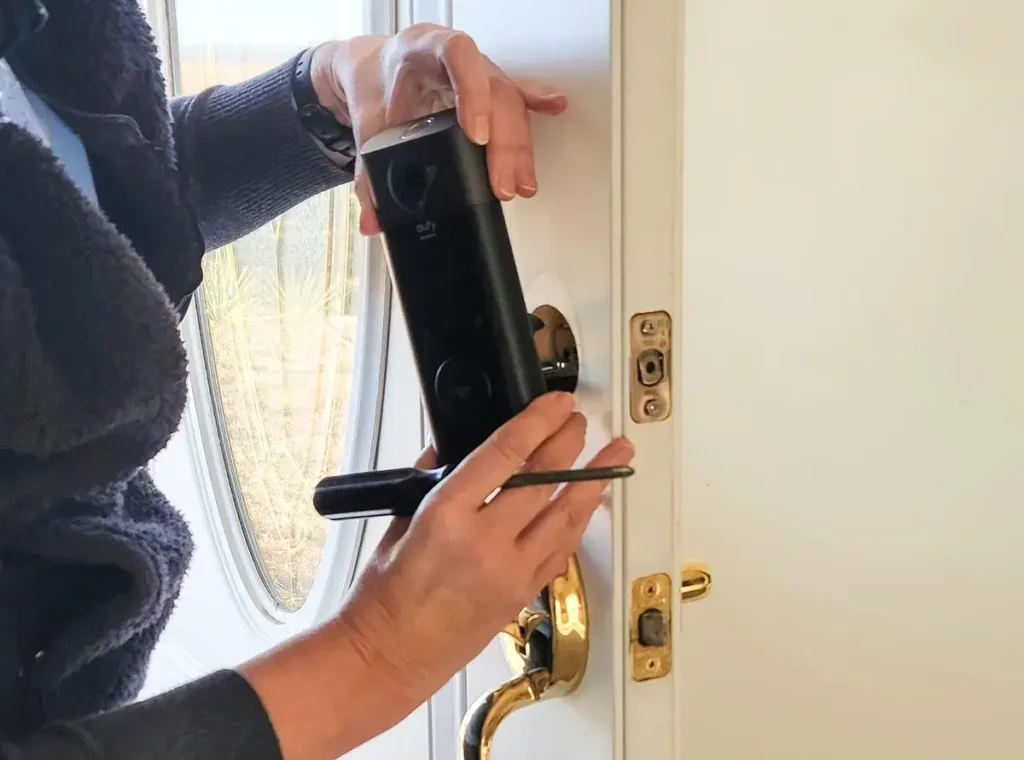
For our testing, we installed each smart lock on an existing door, replacing either the deadbolt or the interior portion of a deadbolt, except for one that replaced a locking doorknob. The installation process was straightforward for all the locks due to the universality of deadbolt locks and knobs, meaning they mostly install using the same method. Only a Phillips screwdriver was required. We then installed batteries to power the smart features.
We proceeded by downloading the corresponding apps for each lock, configuring their features, and syncing them to Bluetooth or Wi-Fi when possible. We noted that some Wi-Fi-capable locks did not include the necessary modules for wireless features, which was a disappointment.
Throughout the testing, we evaluated each lock using a detailed rubric, scoring them based on their performance in various functions. The better a lock performed, the higher the score it received. After testing, we compiled and averaged the scores to determine the best categories for each model.
Our Top Picks
To earn a place on our list of the best smart locks, the selected models had to meet several criteria. First, they had to be straightforward to install, as most door locks follow a similar installation process and can be easily replaced with just a screwdriver. Additionally, they needed to sync seamlessly with our smart devices via Bluetooth or Wi-Fi, and their functions had to be user-friendly.
The smart locks on our list vary in cost and features, but all of them excel in providing reliable keyless-entry options.
Types of Smart Locks
There are two main types of smart locks: upgraded deadbolts and lever-style locks, each suited to different applications.
Deadbolt
Deadbolts come in various styles but fundamentally consist of a sliding bolt that secures the door to the door jamb. Their solid structure makes it difficult to force the door open. Many smart deadbolts offer features such as temporary codes for guest entry, fingerprint recognition, integration with virtual assistants like Amazon Alexa for voice control, and smartphone connectivity via Bluetooth or Wi-Fi. Anyone who has ever stood in the rain with an armload of groceries while fumbling for a key can appreciate the convenience of keyless entry.
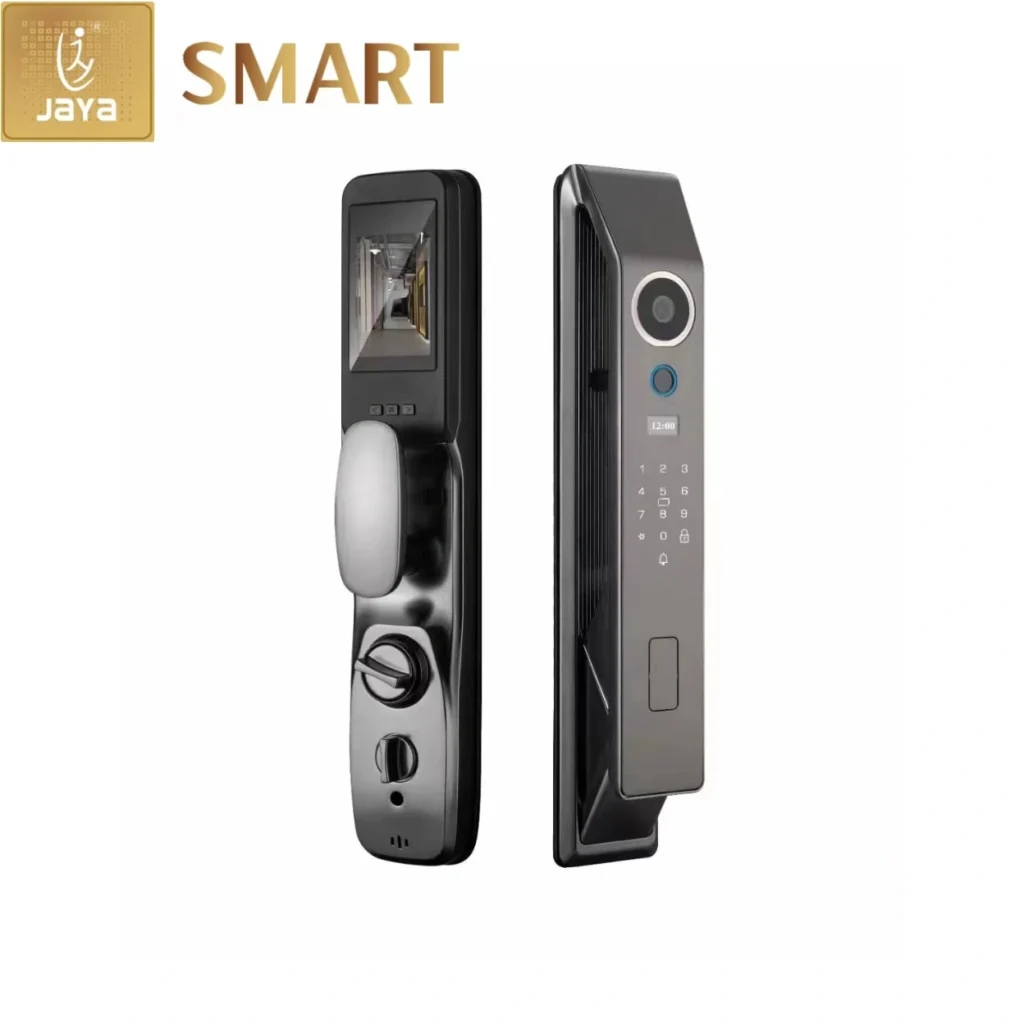
Lever-Style
Lever-style smart locks are ideal for providing keyless entry for side doors or interior doors, such as those leading to a garage or guest house. These locks are generally not as secure as deadbolts, so they are less commonly used on front or main doors. Lever-style smart locks may include fingerprint readers, codes, or voice controls through virtual assistants like Apple’s Siri. Some are also compatible with other smart-home devices, including security systems.

What to Consider When Choosing the Best Smart Lock
When selecting a smart lock, several key factors come into play, such as the specific door you need to secure, who will be using it, and the frequency of use. For example, if you are outfitting an Airbnb rental, you might prioritize a smart lock that allows you to easily change entry passwords. For enhanced security on a front door, this product with an integrated alarm system could be ideal. Here are some essential features to consider to make an informed choice:
Battery Life
Smart locks typically run on four AA batteries, with a lifespan ranging from six months to a year, depending on the model and usage frequency. To maximize battery life, it is crucial to install the lock correctly and ensure the door is properly aligned. Misalignment can cause the lock to exert extra effort to engage and disengage the bolt, thus draining the batteries more quickly.
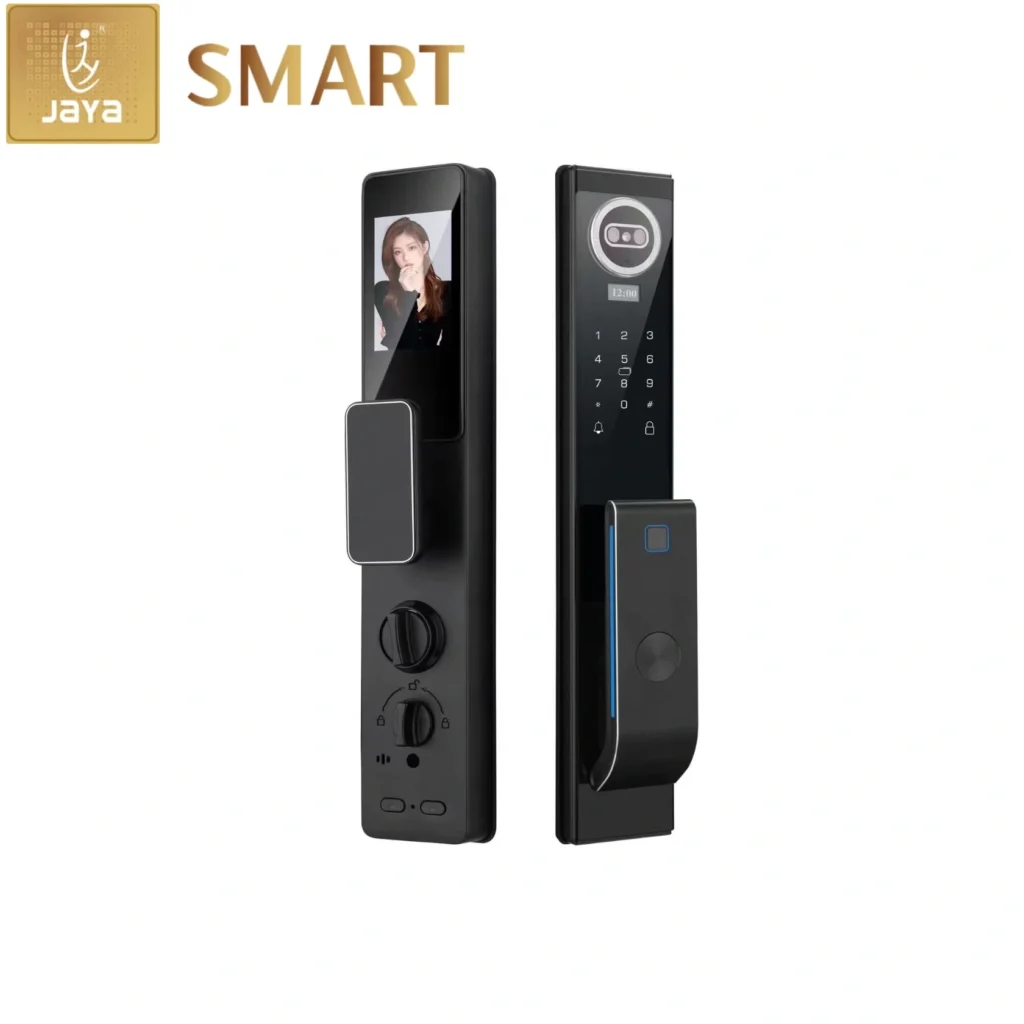
Touch Screen
Many smart locks come equipped with touch screens offering various features like fingerprint recognition and support for over 50 custom user codes, allowing users to lock and unlock the door with a touch or a code. Some models enhance security by rotating the code numbers on the touch screen. Others can manage up to 100 virtual keys remotely through a smartphone app.
Wireless Security and Connectivity
While wireless connectivity adds convenience, it also presents potential risks. Power outages, app glitches, Wi-Fi failures, or dead batteries in either the phone or the smart lock could prevent access to the home. Therefore, it is advisable to carry a traditional house key as a backup. Most smart locks come with backup keys for such emergencies.
To ensure the safety and functionality of your smart lock, keep its software updated and replace batteries regularly. Additionally, use a strong password (16 to 20 characters), ensure the lock employs encryption to guard against hackers, and enable two-factor authentication (such as a code plus a fingerprint).
By considering these fundamentals, you can make choice that best fits your needs, ensuring both security and convenience.

Smart-Home Compatibility
While there are many excellent smart locks and smart-home systems, they might not always work seamlessly together. This can be true even if both the lock and home system are managed by the same digital assistant. If you want a smart lock that integrates with your smart-home setup, ensure that the two are designed to be compatible. For instance, if you’re using a smart-home system like Google Assistant, Alexa, or Wink, look for a smart lock that works with that system.
Voice Control
Every year, more smart locks are being designed with voice control capabilities via Apple’s Siri, Amazon’s Alexa, and Google’s Assistant. These locks can be managed with voice commands just like other smart devices. Commands like “Hey, Siri, unlock the front door” offer convenience but also pose security risks. Security experts have shown that it’s relatively easy for someone to use an audio transducer—a device that turns surfaces like windows into speakers—to instruct a voice assistant to unlock a door. To enhance security, consider using a personal identification number or another form of verification when using voice control.
Waterproofing
Smart locks are generally water-resistant and have some level of waterproofing to protect against rain, snow, and occasional water exposure from garden hoses. However, the back of the lock is usually not waterproof and may fail if submerged, such as during a flood. Fully waterproofing a smart lock is costly and uncommon.
Additional Features
Smart locks come with various features tailored to different lifestyles. Some offer fingerprint unlocking, while others allow quick programming of access codes, which is useful for granting temporary access to guests. There are even smart locks for interior rooms, providing privacy for individuals with roommates. Some models can send notifications to your smartphone if a door is left open or if the doorbell rings.
Style and Finish
Smart locks come in a variety of styles and finishes, with some resembling traditional locks and others available only in black or silver. Many smart locks are sleek and slim, featuring keypads for password entry. However, keypads can indicate to potential hackers that the lock is smart. The latest designs in smart locks mimic traditional deadbolts, providing entry through fingerprint recognition, voice commands, or programmable keycards, while concealing their digital capabilities.
By considering these aspects, you can choose a smart lock that meets your security needs and integrates seamlessly with your lifestyle.

